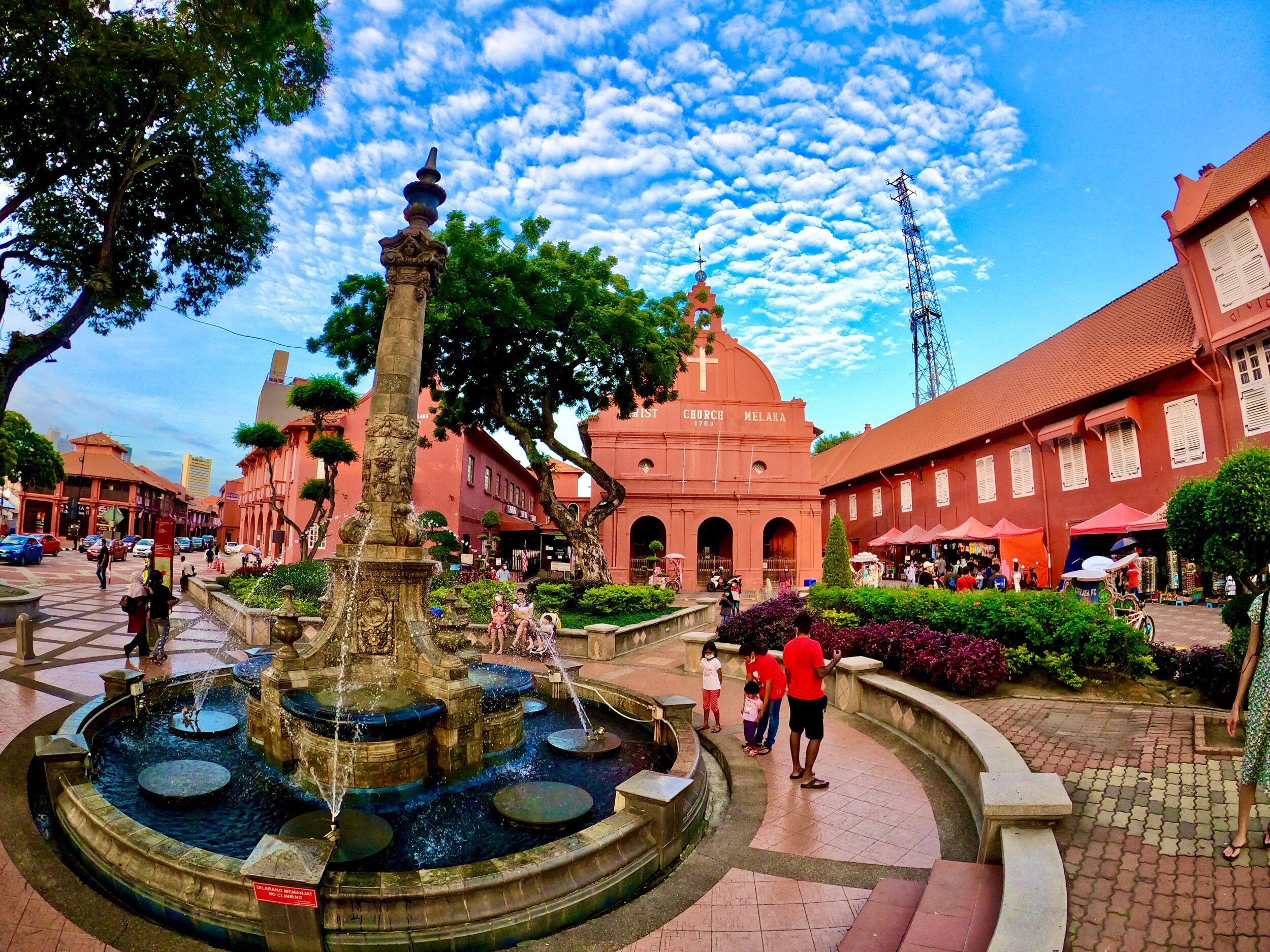Melaka, a UNESCO World Heritage city, beckons travelers with its rich tapestry of history, vibrant culture, and delectable cuisine. This Malaysian gem, also known as Malacca, served as a crucial trading port for centuries, leaving an indelible mark on its architecture, traditions, and culinary landscape. Get ready to explore ancient forts, bustling markets, and serene temples as we delve into the heart of Melaka. Prepare to be captivated by the stories whispered through its ancient streets and the aromas that tantalize your senses. From its strategic location to its diverse influences, Melaka offers an unforgettable experience for every traveler.
A Historical Tapestry: Melaka’s Legacy
Melaka’s history is a captivating saga of empires, trade, and cultural fusion. Its strategic location on the Strait of Malacca made it a coveted prize, attracting Portuguese, Dutch, and British colonizers. Each left their mark, shaping the city’s unique identity.
The Rise of a Sultanate
In the 15th century, Melaka rose to prominence as a powerful sultanate, becoming a major trading hub connecting East and West. Its influence extended throughout the Malay Archipelago, fostering a golden age of commerce and cultural exchange. The prosperity attracted merchants from far and wide, creating a melting pot of cultures and ideas. The legacy of the Sultanate endures in the city’s historical sites and cultural traditions.
Colonial Encounters: Portuguese, Dutch, and British Rule
The Portuguese conquered Melaka in 1511, marking the beginning of European colonization in Southeast Asia. They built the A Famosa fortress, a testament to their power and ambition. Later, the Dutch seized control in 1641, leaving behind iconic red buildings that still stand today. The British eventually took over in the 19th century, further shaping the city’s landscape and administration. Each colonial power left an undeniable imprint on Melaka’s architectural and cultural heritage.
Exploring Melaka’s Cultural Treasures
Melaka’s cultural attractions are a feast for the senses, offering a glimpse into its diverse heritage. From historical landmarks to vibrant street art, there’s something for everyone to discover.
- A Famosa: The ruins of the Portuguese fortress, a reminder of Melaka’s colonial past.
- Stadthuys: The iconic red Dutch administrative building, now a museum showcasing Melaka’s history.
- Christ Church: A beautiful Anglican church built by the Dutch, featuring unique architectural details.
- Jonker Street: A bustling street market offering a variety of souvenirs, local crafts, and delicious food.
These are just a few examples of the many historical and cultural treasures that await you in Melaka. Spend time wandering through the streets, soaking in the atmosphere, and discovering hidden gems around every corner.
A Culinary Adventure: Tastes of Melaka
Melaka’s cuisine is a delicious reflection of its multicultural heritage. Nyonya cuisine, a fusion of Chinese and Malay flavors, is a must-try. Don’t miss the chance to sample local specialties like chicken rice balls, asam pedas, and cendol.
- Chicken Rice Balls: A Melaka staple, featuring fragrant rice shaped into balls served with succulent chicken.
- Asam Pedas: A spicy and sour fish stew, a true test of your taste buds.
- Cendol: A refreshing dessert made with shaved ice, coconut milk, green jelly noodles, and palm sugar.
- Nyonya Laksa: A spicy noodle soup with a rich coconut milk broth and various toppings.
Comparing Transportation Options in Melaka
| Transportation | Pros | Cons |
|---|---|---|
| Walking | Free, allows for close exploration, good exercise. | Can be tiring in the heat, limited range. |
| Trishaw | Unique experience, good for short distances, photo opportunities. | Can be expensive, limited availability. |
| Taxi/Grab | Convenient, readily available, comfortable. | Can be expensive during peak hours, traffic congestion. |
| Bus | Affordable, connects major attractions. | Can be crowded, less frequent services. |
FAQ: Planning Your Trip to Melaka
What is the best time to visit Melaka?
The best time to visit Melaka is during the dry season, from March to September, when the weather is sunny and pleasant.
How many days should I spend in Melaka?
A minimum of 2-3 days is recommended to explore Melaka’s main attractions and experience its culture.
What is the currency used in Melaka?
The currency used in Melaka is the Malaysian Ringgit (MYR).
Are credit cards widely accepted in Melaka?
Credit cards are accepted in major hotels, restaurants, and shops, but it’s advisable to carry some cash for smaller establishments and street vendors.
Is Melaka a safe city for tourists?
Melaka is generally a safe city for tourists, but it’s always wise to take precautions against petty theft and be aware of your surroundings.
Melaka is truly a captivating destination that seamlessly blends history, culture, and gastronomy. Its unique heritage, shaped by centuries of trade and colonial influence, makes it a must-visit for any traveler seeking an authentic Malaysian experience. From wandering through its historical streets to savoring its delicious cuisine, Melaka offers a sensory feast that will leave a lasting impression. So, pack your bags, prepare to be enchanted, and embark on an unforgettable journey to the heart of Melaka. You’ll discover a city that is both timeless and vibrant, a place where the past and present converge to create a truly magical atmosphere. Melaka awaits, ready to share its stories and welcome you with open arms.

